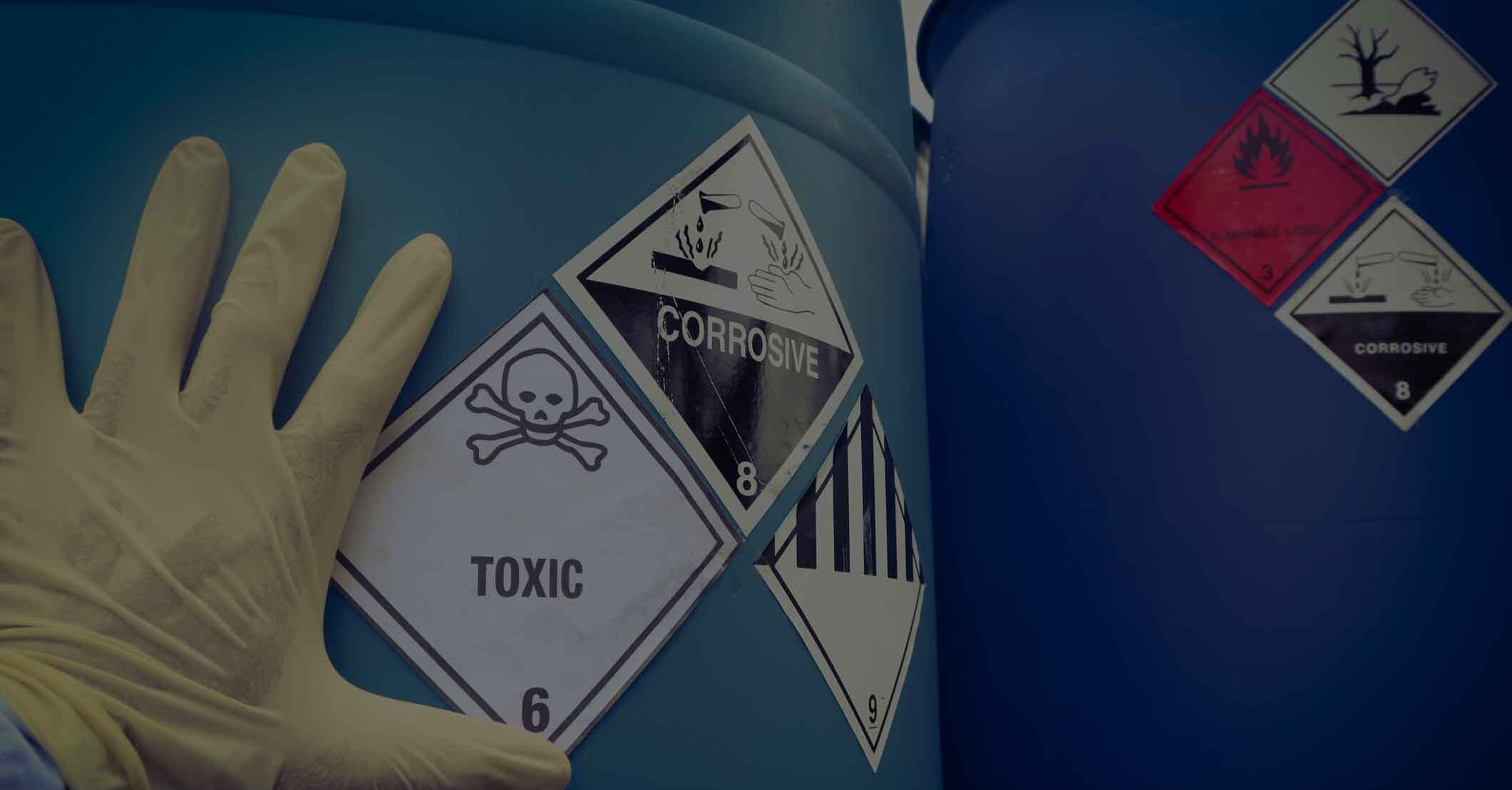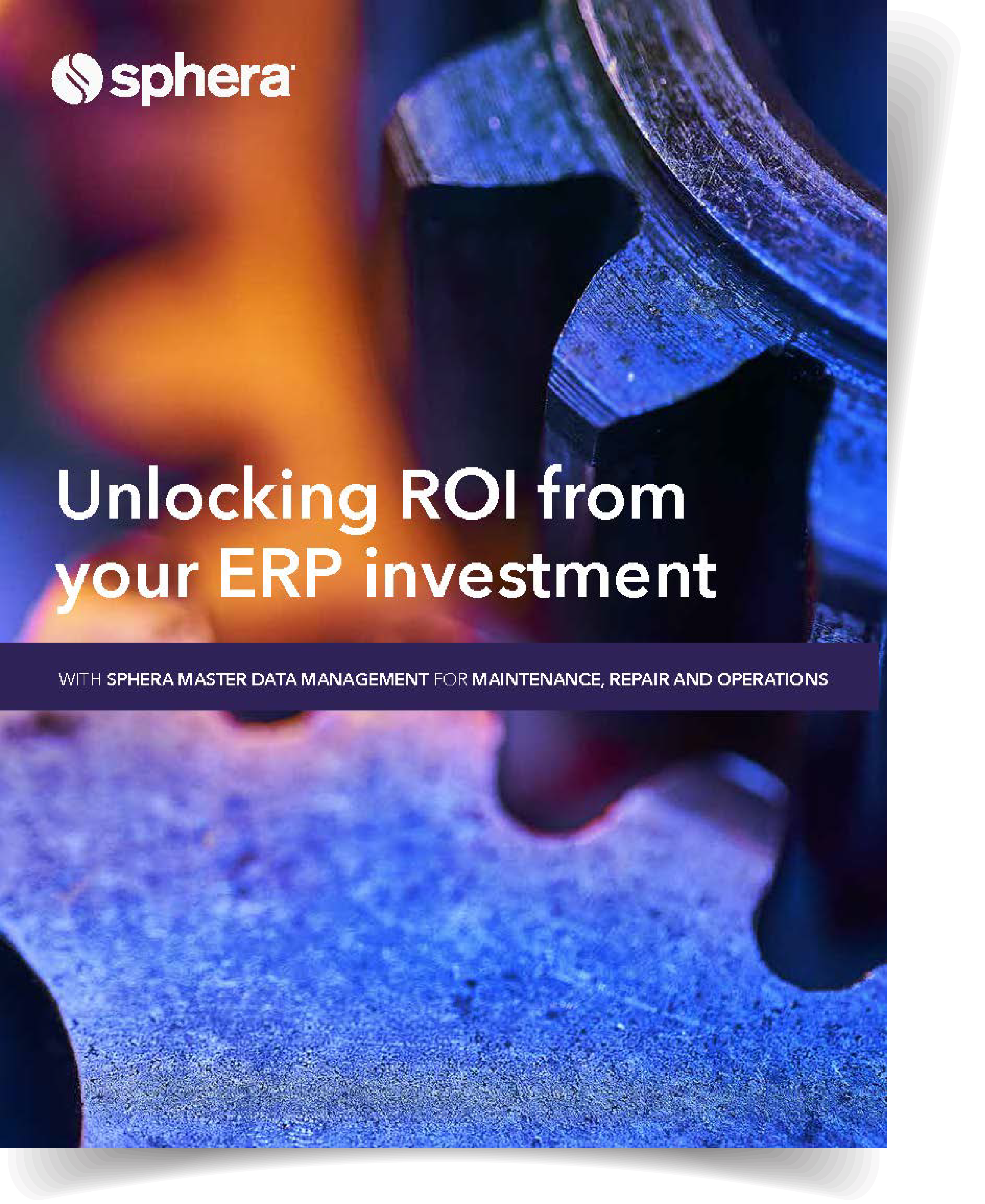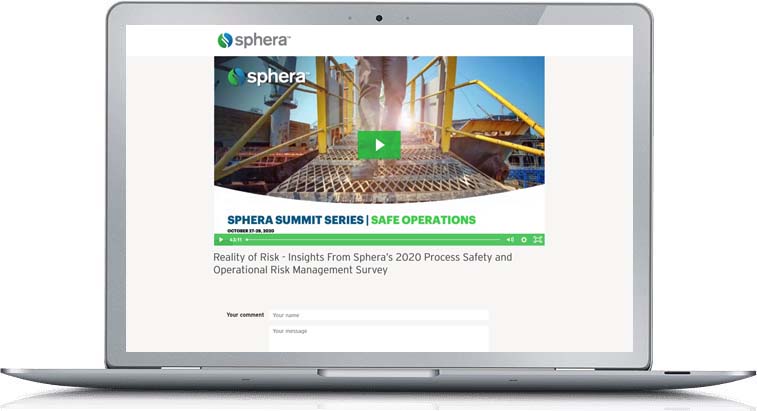Consumers and investors are actively shaping ESG best practices by demanding more transparency and accountability from companies, and by seeking out products and services from companies that have strong ESG performance. Companies that prioritize ESG issues and communicate their performance and efforts effectively are more likely to attract and retain customers, attract investors, improve their reputation and ultimately achieve long-term success.
Here are five steps to improve your company’s ESG performance:
1. Conduct a materiality assessment.
One of the first steps a company can take is to conduct a comprehensive materiality assessment to identify the ESG issues that are most relevant for the organization. By engaging stakeholders in identifying the most material ESG topics, companies can prioritize their efforts and resources and ensure that they address the issues that will impact their business and stakeholders.
2. Digitalize ESG processes.
Companies should digitalize their ESG processes to improve their ESG performance. The digitalization of data collection into a single, centralized system of records goes a long way to improving ESG data quality. Organizations can use corporate sustainability software to automate the collection of ESG data such as energy consumption, greenhouse gas (GHG) emissions and employee engagement. Data can be automatically collected from various sources, including energy management, human resources and financial systems. Plausibility checks—automated processes that compare collected data to known standards or expected ranges—can be used to validate data, which is essential to ensure that the data is accurate and reliable.
Automated report processes offer configurable templates for reporting standards, such as the Global Reporting Initiative (GRI) or CDP, facilitate fast report production with streamlined data collection, dynamic disclosures and workflows. Built-in compliance checks and validation help ensure that the data being reported is accurate and meets regulatory requirements. This helps establish transparent and efficient disclosure processes and provides stakeholders with real-time data on the company’s ESG performance.
Companies can also make use of advanced performance analytics to understand the gap between targets and actual performance and analyze and monitor their ESG performance over time. This can include tracking key performance indicators, identifying areas for improvement and analyzing trends.
3. Set targets, measure and reduce Scope 1 and Scope 2 emissions.
For GHG emissions, many businesses have begun to address Scope 1 and Scope 2 emissions. Getting your company to set concrete, near-term science-based targets, such as reducing GHG emissions by 50% for all relevant scopes (Scopes 1, 2 and 3) by 2030 and reaching net-zero emissions by 2050, is a significant step.
Many organizations have taken steps to reduce Scope 1 and Scope 2 emissions by investing in renewable energy sources such as solar and wind power. Some businesses implement energy efficiency measures by upgrading equipment, improving building insulation and optimizing industrial processes. Even after implementing these measures, some emissions may still remain, so consider offsetting carbon emissions through carbon offsetting programs such as renewable energy projects.
4. Encourage greater sustainability in your supply chain.
For most organizations, the majority of emissions are buried in value chains. Understanding the sources of those emissions and how to reduce them is critical to achieving climate goals. Companies that successfully encourage their supply chain partners to make better environmental choices will be able to demonstrate greater progress in reducing their Scope 3 emissions.
Decarbonizing the supply chain can be complex, given its breadth and complexity. But increasing regulator, investor and stakeholder pressure to disclose GHG emissions data means that companies need to get a handle on Scope 3 emissions now. To obtain meaningful and actionable data for Scope 3 quantification and reduction, calculations should be based on physical and chemical quantities and industry-specific or even company-specific emissions factors. Through a life cycle assessment (LCA) automation solution, companies can conduct life cycle assessments on their full product portfolios to capture their environmental impacts adequately and accurately. This process paints a more complete picture of a company’s Scope 3 emissions than the use of proxies and assumptions like spend-based or economic input-output data.
Organizations should look for ways to improve their operations and supply chain management to reduce their environmental impact. For example, sustainable procurement practices, such as selecting new suppliers based on their environmental performance or educating existing suppliers, can help incentivize suppliers to take action. Joining organizations that promote sustainability can help increase awareness, and providing your suppliers with the necessary support and resources such as training, technical assistance and funding can also help.
5. Continually monitor and take action to improve performance against targets.
ESG performance improvement is an ongoing process, and companies should continually measure and monitor their ESG metrics in order to manage their performance. This includes regularly assessing key performance indicators against established goals and targets, identifying and addressing any potential ESG risks or opportunities and engaging stakeholders on ESG issues. Companies should also seek out opportunities to learn from best practices and share their own experiences with others.
Companies should acquire software and data, and lean on expert insights to build automation, transparency and resiliency into their ESG programs. The most expensive aspect for companies is the cost of their experts’ time. Software and data can minimize the time and effort needed from company experts and decision makers and maximize the quality of their output. This will help them become safer, more productive and sustainable businesses.

Some Climate Change-Related Terms You Should Know:
- Carbon Neutrality: According to the definition of the Intergovernmental Panel on Climate Change (IPCC), carbon neutrality, or net zero CO2 emissions, refers only to carbon dioxide emissions and is a state of balance between the CO2 emitted into the atmosphere and the CO2 removed from the atmosphere.
- Corporate Sustainability: Corporate sustainability is about more than just protecting the environment, although that is core to this approach. A sustainable business is one that works in step with societal and environmental goals, rather than at odds with them.
- ESG Reporting: ESG reporting refers to the disclosure of data covering the company’s operations in three areas: environmental, social and corporate governance. It provides a snapshot of the business’s impact in these three areas for investors.
- Net Zero: Net zero is the state of reaching a global balance between human-caused greenhouse gas emissions and the human efforts to remove carbon from the atmosphere, while eliminating anthropogenic CO2 emissions entirely.
- Scope 3 Emissions: The Greenhouse Gas (GHG) Protocol categorizes greenhouse gas emissions into three groups or “Scopes.“ Scope 1 covers direct emissions from owned or controlled sources, while scope 2 includes indirect emissions from the generation of purchased electricity, steam, heating and cooling consumed by the reporting company. Scope 3 includes all other indirect emissions from a company’s value chain.











